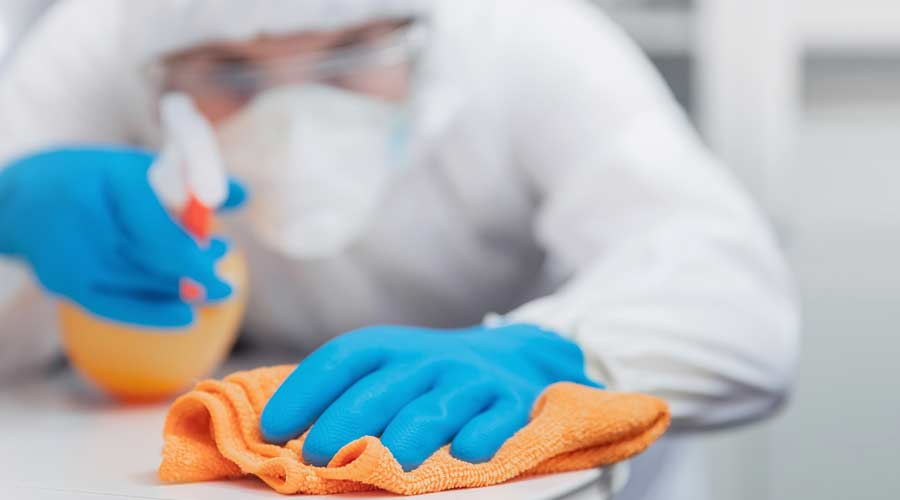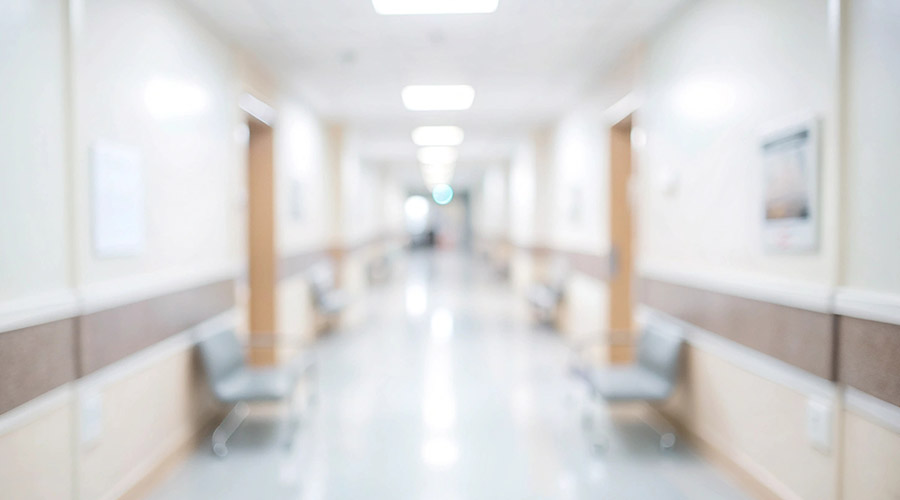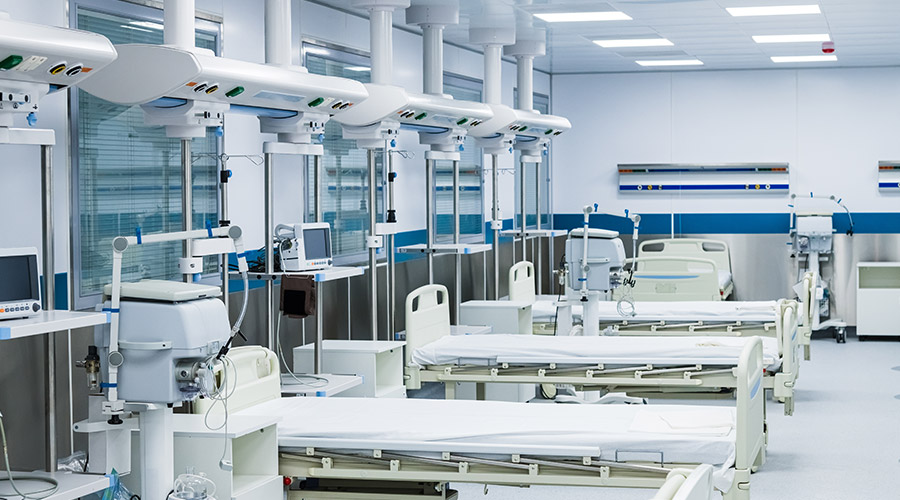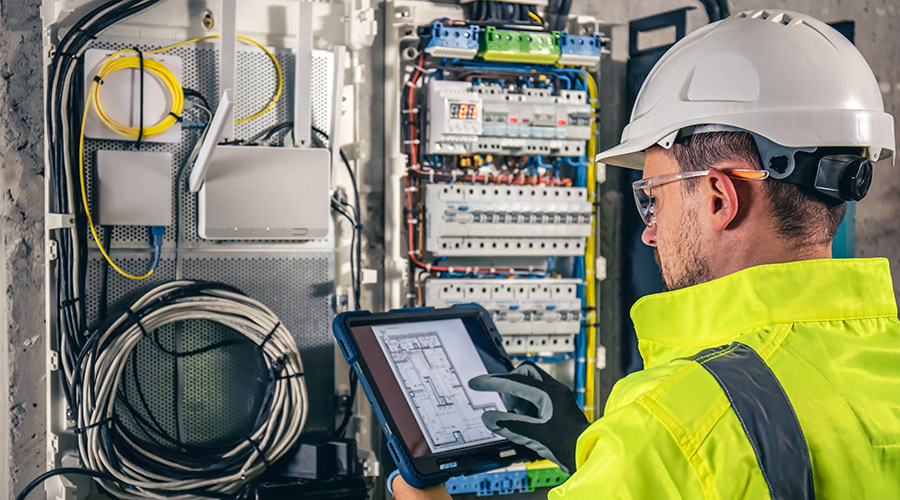The truth of the matter is any surface or fomite has the potential to transmit pathogenic bacteria, viruses, or fungi. But the effectiveness of transmission and likelihood any surface in particular could be directly linked to transmission and ultimately lead to infection are two entirely different things.
There is often a misconception that hard surfaces are nonporous. While there are nonporous hard-surface materials, such as stainless steel, solid surface and some rigid plastic materials, other commonly used materials, such as laminate, granite and some plastic materials, are porous.
There is evidence to support the fact that hard, non-porous surfaces, such as tables, door handles and toilets, are far more effective in transferring germs from their surfaces to the hands of healthcare workers than soft, porous surfaces like fabrics. Just using a little common sense, one can see how this would be true.
Fabrics, sponges, and other soft surfaces by their very nature have crevices, pits and divots. What better place for germs to hide? Have you ever used a sponge to paint or stamp? When you apply paint to the sponge and press it to a surface, does the paint spread uniformly? No. There are pockets of the surface that the color did not transfer. The reason? The paint was hiding in the crevices. Similarly, these crevices decrease the effectiveness of germs transferring to hands of healthcare workers.
Now picture a hard, non-porous surface, such as a table or plastic touch screen. Such surfaces do not offer the same crevices for germs to hide. If you were to use a plastic square to stamp, what would happen? The paint would cover the surface uniformly, and when you then pressed that plastic square to a surface, you would get a nice, uniform square of color. From an infection transmission perspective, a hard, non-porous surface provides a far more effective transfer of germs to hands.
A 2001 study by Sattar, et al., investigated the way bacteria is transferred from fabrics to hands and then to other fabrics again. I particularly like this study because the research team applied a quantitative protocol for assessing the transfer of bacteria from fabrics of 100 percent cotton and a 50-50 cotton/polyester blend to finger pads or other pieces of fabric. Transfers from fabric to fabric were performed by direct contact using moist and dry fabrics.
Sattar and his team concluded that bacterial transfer from moist donor fabrics using recipients with moisture was always higher than the bacterial transfer to and from dry ones. Further, friction increased the level of transfer from fabrics to finger pads by as much as fivefold. Bacterial transfer from poly/cotton was consistently higher when compared with that from all-cotton material.
What does this all mean? Hard, non-porous surfaces are still by far the most efficient in transferring and thereby transmitting disease. I think we need to take a harder look at all those pieces of shared patient care equipment and really investigate who is cleaning them — if, in fact, they are being cleaned — and how they are contributing to the spread of healthcare acquired infections.
J. Darrel Hicks, BA, MESRE, CHESP, Certificate of Mastery in Infection Prevention, is the past president of the Healthcare Surfaces Institute. Hicks is nationally recognized as a subject matter expert in infection prevention and control as it relates to cleaning. He is the owner and principal of Safe, Clean and Disinfected. His enterprise specializes in B2B consulting, webinar presentations, seminars and facility consulting services related to cleaning and disinfection. He can be reached at darrel@darrelhicks.com, or learn more at www.darrelhicks.com.

 How Architects Shape the Future of Healthcare Facilities
How Architects Shape the Future of Healthcare Facilities UNC Health, Duke Health Form Partnership for Stand-alone Children's Hospital
UNC Health, Duke Health Form Partnership for Stand-alone Children's Hospital Sarasota Memorial Hospital Plans to Build New Facility in North Port
Sarasota Memorial Hospital Plans to Build New Facility in North Port CMMS, Data and the Path to Compliance
CMMS, Data and the Path to Compliance Healthcare is a Major Ransomware Target
Healthcare is a Major Ransomware Target